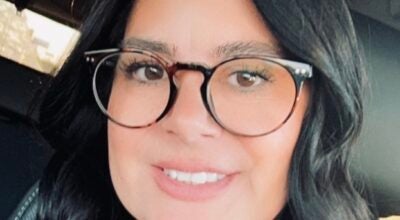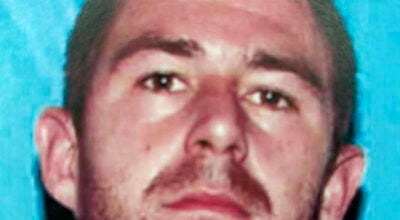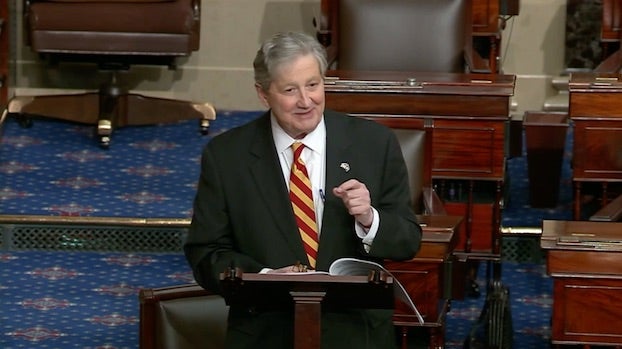Educators: St. Louis laptop initiative proves successful
Published 9:09 am Monday, March 18, 2013
Administrators said they are seeing positive results after implementing a one-to-one laptop initiative at St. Louis Catholic High School in 2012. St. Louis President Deborah Frank said the new technology has increased student collaboration on assignments while creating an environment for peer instruction.
“What we’re seeing is students are actually teaching each other,” she said. “They’ve become peer teachers not only with the practices of the laptop itself but as well as working with each other for school work.”
Frank said the initiative was started when high school graduates said they were prepared academically for college but had not had enough technology training.
A three-phase program was launched with Fujitsu tablets. Faculty received the tablets first to begin training with the new software and programs.
The first and second phases involved introduction of tablets to faculty and students. The school is now in the process of phase three, which is training students in a computer architecture class where any warranty repair work is done on campus.
Director of Development Susan Percle said while bringing laptops into everyday class activities has increased understanding it has also benefitted teaching methods. She said more multimedia projects have been introduced and assignments can be done efficiently online.
“It just gives an extension to the classroom,” said Percle. “It incorporates the technology into each lesson and it gives the kids hands-on experience every single moment during the day.”
The laptops have also provided new research opportunities for professors at the Burton College of Education at McNeese State University. The team includes Dr. Dustin Hebert, assistant professor of education professions, Dr. Brett Welch, associate professor of education professions, Dr. Jan Broussard, assistant professor of education professions, and Dr. Sharon VanMetre, professor of education professions.
The researchers have visited for two class periods each week since the beginning of the 2012/2013 school year. Herbert said they look at how the laptops are used and the progress that is made. At the end of the 2013/2014 school year they will present their data to the school and gauge whether or not the technological benchmarks were met.
Hebert said several faculty members completely changed the way their class was conducted and jumped right in by using the new computer programs.
“I was surprised that there were folks who had taken that leap of faith that early on in the school year,” he said. “They seem to be satisfied with the experiences they’re able to provide their students.”
Teachers and students are now incorporating systems such as DyKnow — a classroom management system in which teachers can broadcast whatever is on their screens to the students’ laptops to increase interaction. They are also using the annotation application OneNote, which can take saved projects and file them into one. Teachers are able to provide the same material digitally, while also enabling students to make notations.
“The teachers are creating learning experiences for the students that would not otherwise be possible without technology,” Hebert said. “They’re doing a very nice job in pushing themselves to try these tools and see what kinds of innovative experiences they can create for the students.”
Administrators said they are seeing positive results after implementing a one-to-one laptop initiative at St. Louis Catholic High School in 2012. St. Louis President Deborah Frank said the new technology has increased student collaboration on assignments while creating an environment for peer instruction. (Michelle Higginbotham / American Press)
Administrators said they are seeing positive results after implementing a one-to-one laptop initiative at St. Louis Catholic High School in 2012. St. Louis President Deborah Frank said the new technology has increased student collaboration on assignments while creating an environment for peer instruction. (Michelle Higginbotham / American Press)





